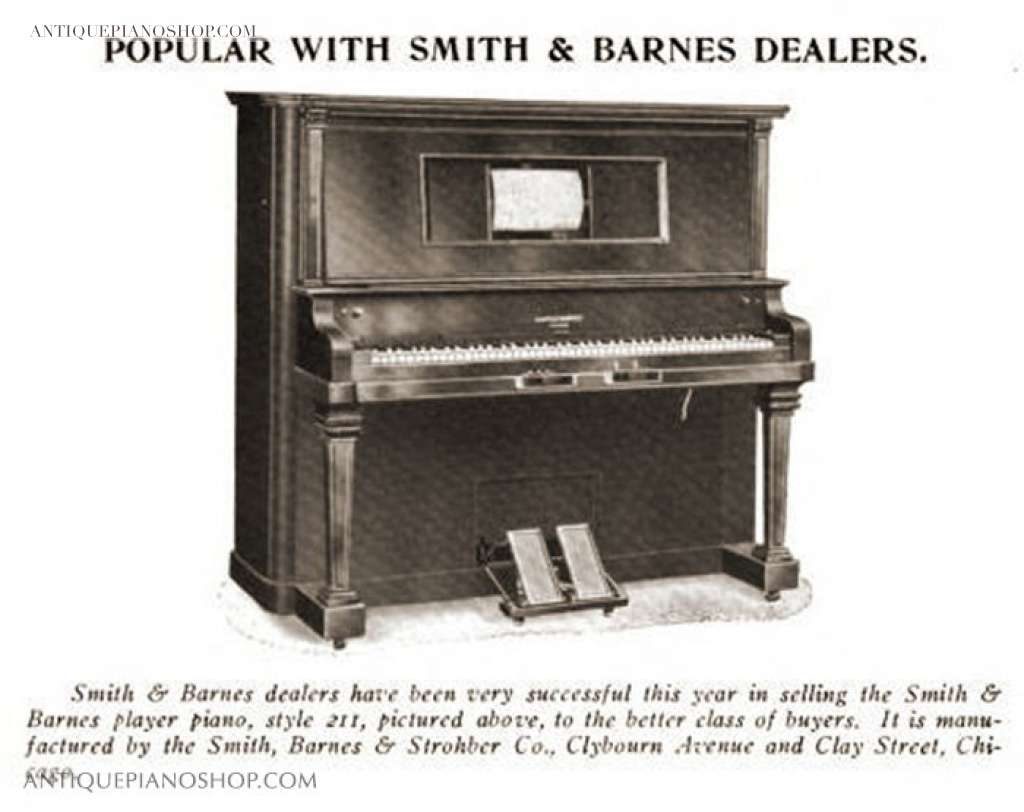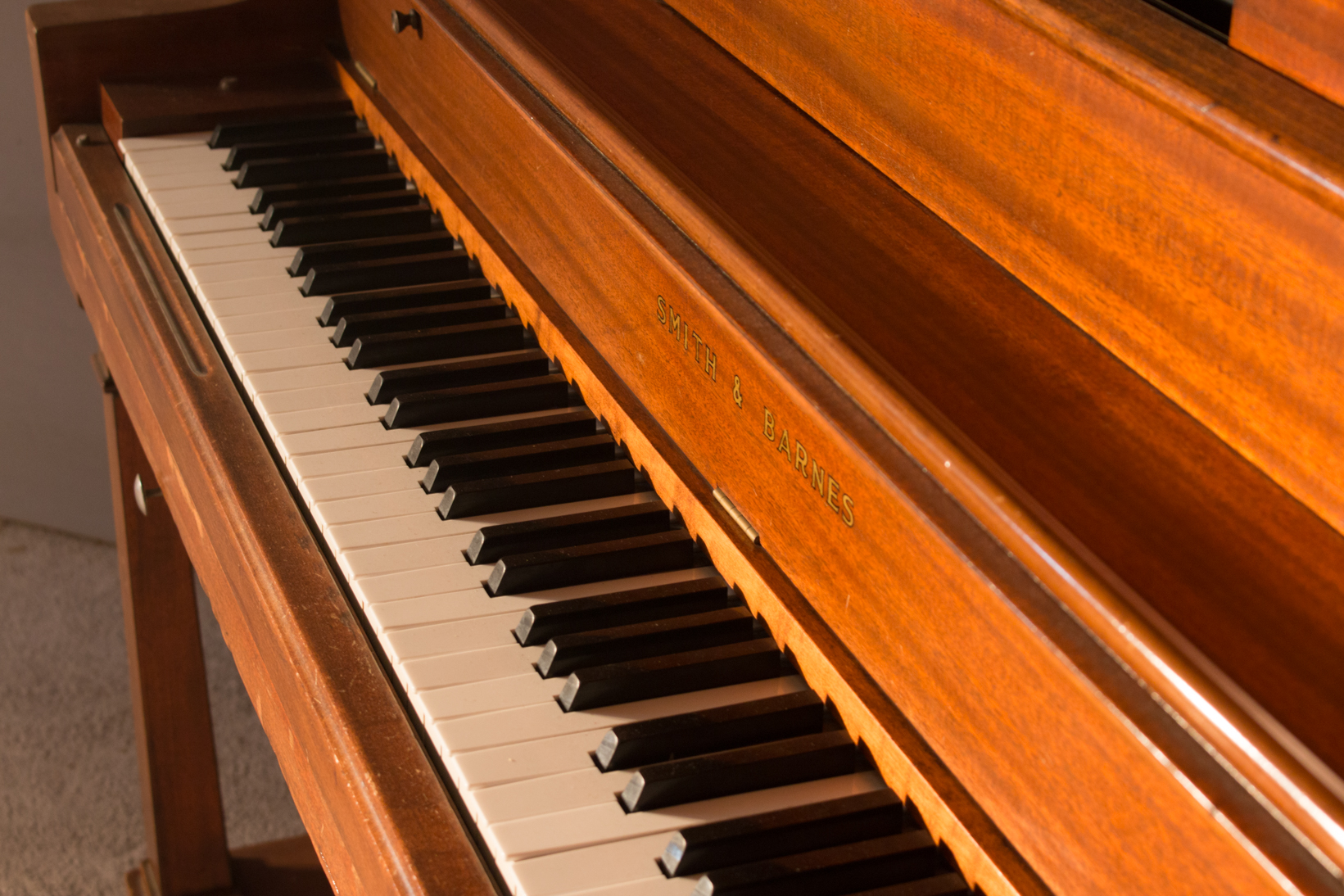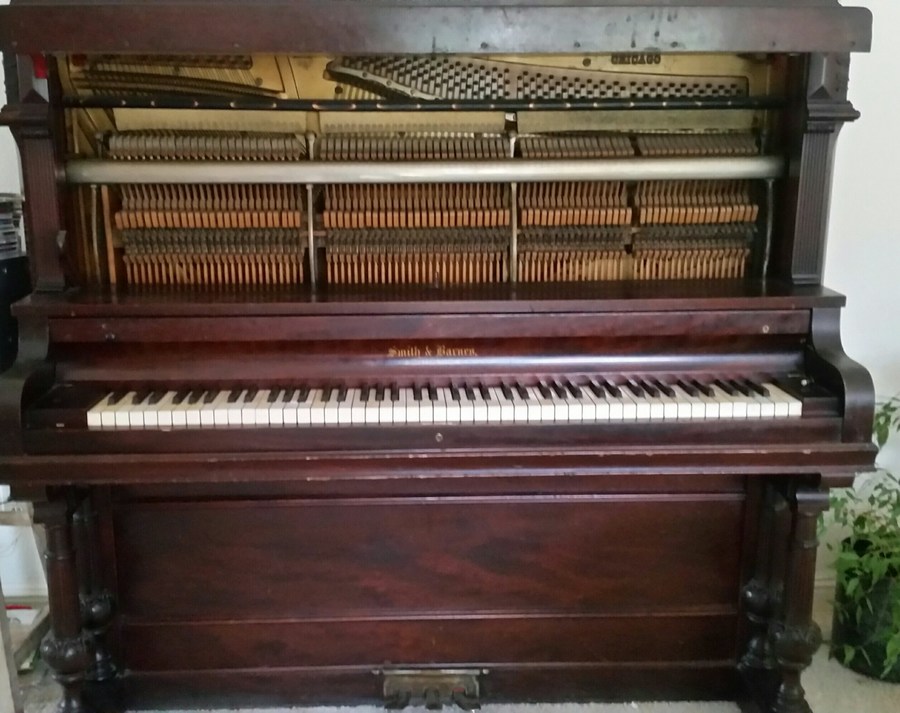

This design approach was such an instant success that many of the other companies at the convention returned to their new machines and changed the casing.

The plastic panels had low wattage bulbs behind them,lighting them up and making the phonograph “glow”. Miller had been experimenting in translucent plastics for the casing and had come up with the first light-up jukebox. Furthermore, in the mid-1930s, Meyer Parkoff who was a Wurlitzer distributor in New York moved over to Seeburg.Īt the 1938 Jukebox Convention in Chicago Seeburg unveiled their new machine – the ‘Symphonola’. Kenney, an engineer, Nils Miller, an industrial designer and Henry Roberts, sales manager. The new director in turn brought in new talent: M.W. Seeburg proceeded to produce successful models of jukebox, including the ‘Gem’, the ‘Crown’, ‘Plaza’, ‘Casino’,’Regal’, and ‘Classic’. Marshall Seeburg had been brought up around the electrical innovations of his generation and the company received a much-needed shot in the arm. By this time the 60 year old Justus handed the reins of the company to his son Noel Marshal Seeburg, although the creator of the company remained an active part of developments until his death in 1958, aged 87. Unfortunately, due to error at the manufacturers the steel spindle for holding the records had not been pre-stressed and so frequently warped jamming the machine. Developing cigarette vending machines,cold and hot drinks dispensers and the like kept the company in good running with their creditors and it bounced back in 1934 when they paid off most of their debts and developed a new automatic phonograph.This new machine utilised a new mechanism designed by Wilcox, which stacked the records with a two inch gap between each disc for the tonearm to move into. Seeburg Company moved into the coin-operated vendor market. Starting with coin meters for washing machines and games, such as gold digger and pinball, the J. Seeburg fell into receivership in 1931, and began to diversify its interests. Production of the ‘Audiophone’ went right through intothe 1930’s when depression hit the country and the phonograph market dropped off rapidly. Although very successful, the Ferris-wheel mechanism meant that the nickelodeon case was rather wide and Seeburg sometimes lost out to other companies because of the simple logistical problem of installing it in a small space. In 1928 the company revealed the ‘Audiophone’, an eight selection jukebox that worked by means of a pneumatic Ferris-wheel. The mechanism, designed by a Mr.Wilcox, broke the records all of the machines, approximately a hundred, had to be recalled. The ‘Melatone’ jukebox was a complete failure. In 1927 the ‘Orchestrion’ was discontinued and theSeeburg Company developed their first phonograph. The Brunswick ‘Panatrope’ was the first all-electric home phonograph and it was clear that the market was moving awayfrom piano players. In 1926 the availability of electrically recorded records and the development of amplified sound led to a growth in the market for recorded music. Headded on the mechanically played voices of a violin, mandolin, flute, snare drum, cymbals, triangle and other percussive effects to create a multi-voiced keyboard. Seeburg Company was initially a success, the demand for electric piano players was growing and Seeburg established a sales office and display rooms in the Republic building in Chicago’s loop.Īlong with the coin-operated electric piano players, Seeburg designed and produced the ‘Orchestrion’, an ingeniously restyled piano. Eventually he resigned from his job at the Piano Company and in 1902, providing his own small starting capital,formed his own company. He tested piano players in several locations throughout Chicago and soon built up a considerable client base.


Smith Piano Factory and thence to a position as superintendent at the Cable Piano Company where he started renting or operating in his own right. Seeburg intended to find his fortune in the New World.Īfter completing an apprenticeship in the Smith and Barnes piano factory in Chicago he started his first job at the Markette Piano Company. His father who had been a prosperous merchant had fallen on hard times and the family was broke. Seeburg (Sjoberg) left his homeland of Sweden to travel to the United States.


 0 kommentar(er)
0 kommentar(er)
